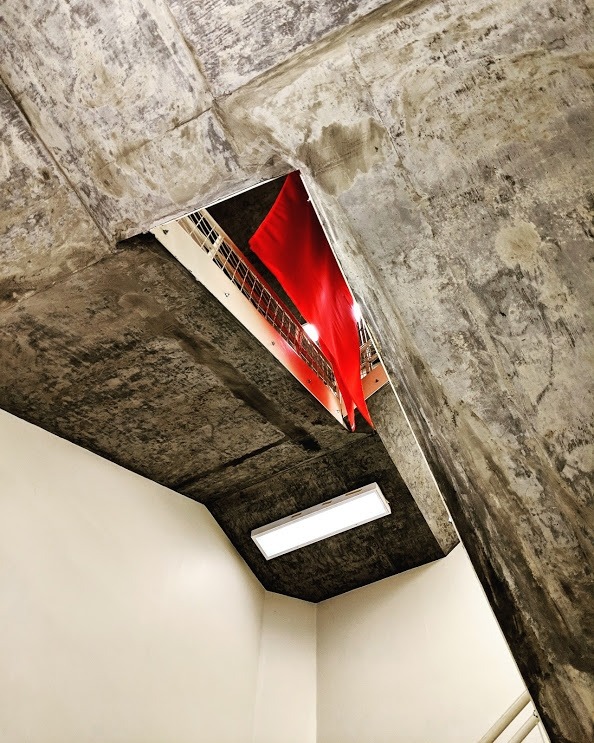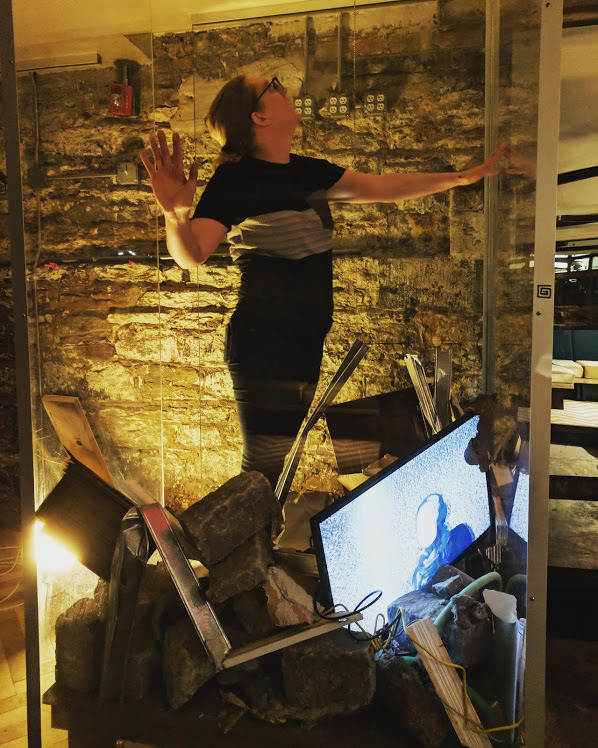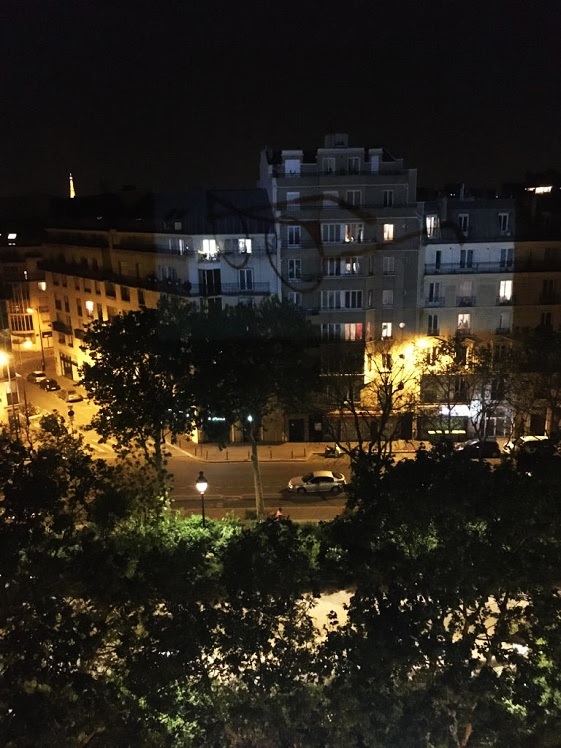Thesis
a creative inquiry: how context affects design
Abstract
The following thesis explores how creating work in a non-traditional art space can change the perceptions of that environment and the work itself. This essay is intended for exhibition designers, installation artists, design educators, and museum / gallery directors. Using various methods of design, I create work with the intention of bringing joy, humor, nostalgia, and reflection while simultaneously studying how context affects audience perception and response to this work. I create installations that act as interruptions, disruptions, and interventions to the spaces that go unnoticed and are considered mundane. I find inspiration in the opportunity that these informal, everyday spaces provide for a spontaneous response. The implications of this research will offer new and novel approaches for designers, artists, and employees of museums and galleries to rethink how their exhibitions are affected by the space that surrounds them. This thesis will also inspire future designers and artists to see how their work can change and adapt to its surroundings. The context of the work questions where design and art merge and can be seen as interchangeable concentrations in the future of exhibition design. This change in cultural context asks how the same imagery showcased around the world in different environments and global contexts changes its narrative based on its location and audience. I then created a series of pieces in the public realm — some small scale, some large — to explore how much I could change the perception of an environment and provoke audience reaction. And, finally, I created a collective project, asking creatives all over the world to create outdoor galleries. This allowed me to play with context on a global scale.
Download the full thesis publication.
Committee
- Kristine Matthews, Chair (Visual Communication Design)
- Audrey Desjardins (Interaction Design)
- Jill Randerson (Jill Randerson Exhibit Management)
Bio
Samer Fouad is an artist and graphic designer based out of Seattle Washington. Although his degree is in graphic design, Fouad considers himself a mixed media artist, combining sculpture, video, graphic design, photography, digital collage, and various printmaking methods. His work has been showcased around the world, including New York City, Tokyo, Doha, France, Spain and Budapest. Fouad has been published in The AIGA, Adweek, Beautiful Bizarre Magazine, and Design Sponge. Fouad was an artist-in-residence for the Mana BSMT program, located at Mana Contemporary, Jersey City; Palazzo Monti in Brescia, Italy; and Nouvelle Vague Gallery in Marbella, Spain. He is a co-founder of the Newark Print Shop in New Jersey.
Simultaneous to his career as an artist, Fouad taught advanced printmaking and graphic design for the undergraduate BFA program and book arts for the MFA program at Rutgers University in New Jersey. He has been a teaching assistant for undergraduate Visual Communication Design classes in the UW School of Art + Art History + Design and a lecturer for the master’s program in the UW department of Human Centered Design & Engineering.
Education
- Master of Design, University of Washington, 2020
- Bachelors in Fine Arts, Rutgers University, 2012
Commentary
Read the full commentary about Samer Fouad by Heidi Biggs.
In the same way Samer installed artworks in the “found” architectural spaces of the Art Building, he intuitively repurposed the open window as an ad-hoc gallery space. The window of a home has become a kind of symbol during the pandemic. As people gathered at windows and balconies to cheer for healthcare workers, do group aerobics, or sing together, the open window became a place to remain connected, albeit at a distance. While Samer started with this question of how context blurs the boundaries between art and design, it feels as if Samer’s final question abandoned this in lieu of asking of how galleries could be designed to be more democratic, public, and delightful. His final project married a digital medium with the materiality of architecture and everyday life as he constructed an unsanctioned, global “gallery.” The gallery space he created was open-ended and collaborative — a democratic and experimental project that shed creative light into communities during a time that felt darkly unfamiliar and uncertain.
– Heidi Biggs



















